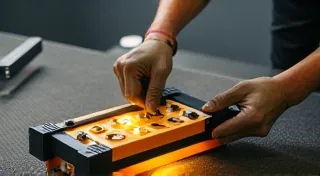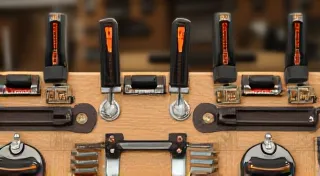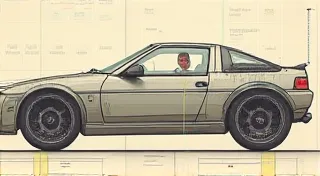Soap Box Car Steering Mechanisms: Design and Implementation
Steering a soap box car might seem straightforward – it’s a gravity-powered vehicle, after all! However, proper steering is absolutely vital for controlling the car's direction, maximizing racing performance, and ensuring safety. This article explores different steering mechanisms commonly used in soap box car construction and delves into the important details of Ackerman steering geometry.
Why is Steering Important in Soap Box Cars?
Unlike powered vehicles, soap box cars rely entirely on the driver’s skill and the car’s design to navigate the track. Effective steering allows for:
- Precise Cornering: Allows the driver to accurately control the car through turns.
- Stability: A well-designed steering system contributes to the car’s overall stability, preventing it from veering off course.
- Control: Provides the driver with a responsive and predictable feel, allowing them to react to track conditions.
- Safety: Correct steering prevents unwanted directional changes that could lead to accidents. Building a safe and reliable soap box car is paramount, and understanding proper construction techniques, like those outlined in "safety tips for soap box car building", is a crucial first step.
Common Soap Box Car Steering Mechanisms
While there's room for innovation, the following are the most prevalent steering designs:
1. Direct Steering (Pivot Steering)
This is the simplest and most common type of steering. The front axle is directly connected to a steering wheel or lever via a linkage. When the driver turns the wheel/lever, the entire front axle pivots. This is straightforward to build but lacks the benefits of more advanced systems.

2. Rack and Pinion Steering
A more sophisticated system, rack and pinion steering uses a toothed rack that engages with a pinion gear connected to the steering wheel. This system offers more precise control than direct steering and is often used in higher-performance cars.
3. Bellcrank Steering
Bellcrank steering employs levers (bellcranks) to change the direction of motion. This can be used to move the steering linkage to a more convenient location or to provide a mechanical advantage. It’s often used in conjunction with other steering types, like pivot steering, to allow for easier driver access or different steering ratios.
Understanding Ackerman Steering Geometry
Ackerman steering is a crucial consideration for any serious soap box car builder. It's a geometric principle that states that the inner wheel in a turn should steer at a sharper angle than the outer wheel. This allows the car to turn more smoothly and prevents tire scrubbing – a situation where the tires are forced to turn in opposite directions, wasting energy and creating heat.
Why is it important? Without Ackerman steering, the inside wheel would be forced to travel a longer distance while turning, causing it to slip and reducing traction. Proper Ackerman steering ensures that both wheels follow a circular path during a turn.
Implementation: Achieving correct Ackerman steering requires careful calculation and precise construction. The amount of angle difference (Ackerman angle) depends on the car's wheelbase and track width. There are readily available online calculators to help determine the appropriate angles for your specific car design. Accurate measurement and careful adjustments are key to a successful implementation. The goal is to minimize tire scrub and maximize grip, which ultimately contributes to the car’s overall speed and handling. To really understand the nuances of a successful build, explore how builders craft narrative momentum in their soap box car designs – a concept explored further in "The Velocity of Dreams: Crafting Narrative Momentum in Soap Box Car Design".
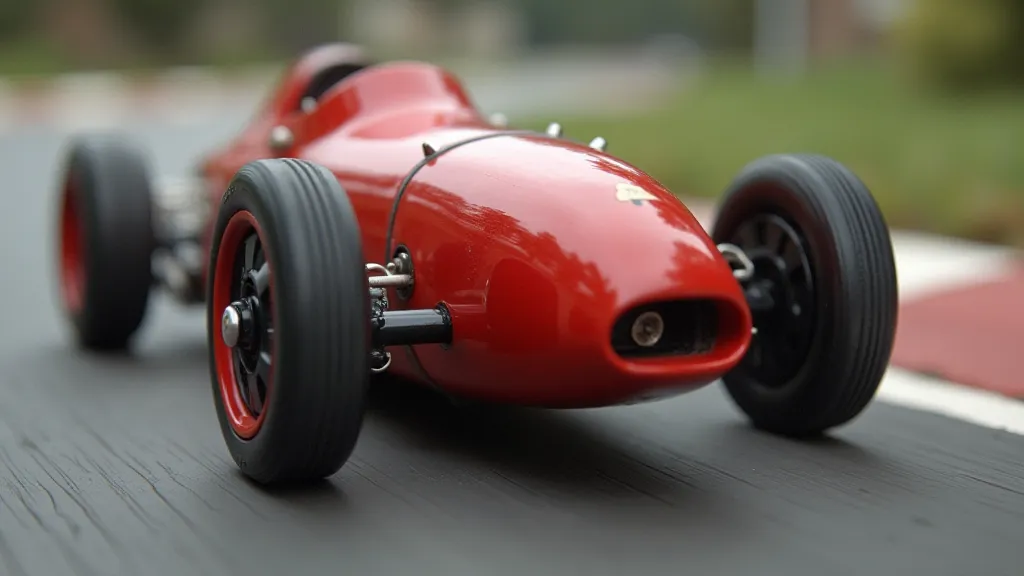
Building Considerations
Beyond the steering mechanism itself, numerous factors contribute to a well-engineered soap box car. The selection of materials, lubrication strategies, adjustability features, and most importantly, safety considerations, all play a vital role. Careful planning and attention to detail are paramount to success. Finding the right race events is crucial to showcase your creation. Research local or regional races by exploring "Finding Soap Box Car Races Near You."
- Materials: Choose strong, lightweight materials for all steering components. Steel, aluminum, and durable plastics are common choices. Consider the overall structural integrity and how the materials contribute to the car’s performance. The choice of wood, in particular, significantly impacts the car’s balance and weight distribution.
- Lubrication: Proper lubrication of all moving parts will reduce friction and ensure smooth operation. Regular maintenance is key to keeping the car running efficiently and safely.
- Adjustability: Designing your steering system with some adjustability allows you to fine-tune the handling characteristics of your car. This allows for experimentation and optimization of performance based on driver preference and track conditions.
- Safety: Always prioritize safety during design and construction. Ensure that the steering system is robust and reliable. Regular inspections and preventative maintenance are essential for maintaining safety.
- Track Selection & Competition:
Advanced Steering Techniques
Some builders experiment with more complex systems, such as incorporating springs or dampers to reduce steering kickback or improve handling on uneven surfaces. These modifications often necessitate a deeper understanding of vehicle dynamics and meticulous experimentation. Furthermore, the type of wood used significantly impacts the car's weight, balance, and overall performance. The right wood can transform a mediocre car into a champion, while the wrong choice can create significant handling issues. Discover the specific factors that make certain wood types superior for soap box car construction—a topic that goes beyond mere strength, delving into grain direction, density, and workability. For a deeper dive into the best wood choices for your project, consult resources that explore "Choosing the Right Wood for Your Soap Box Car".
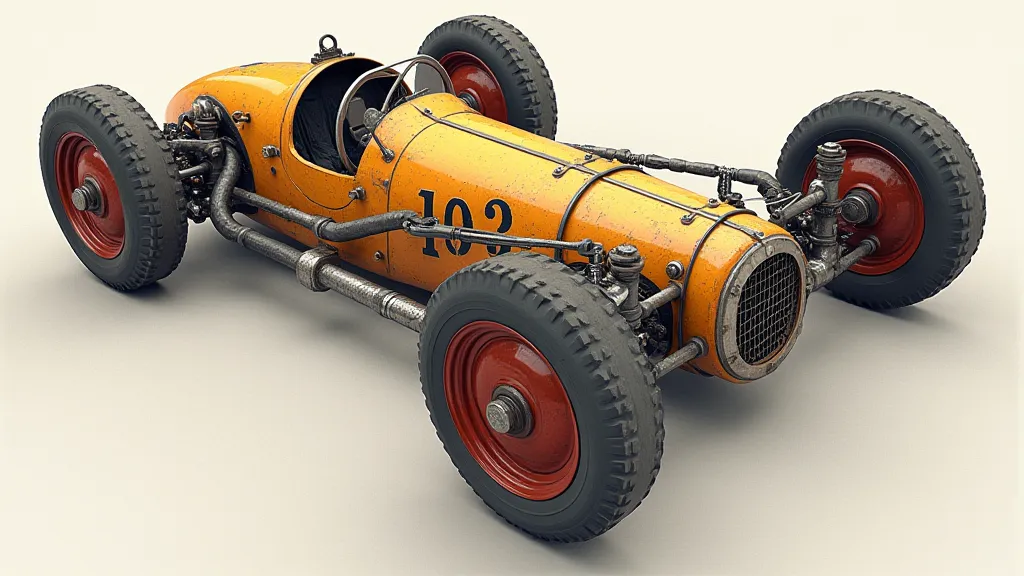
The selection of wood is not just about strength; it’s about finding the right balance between weight, stiffness, and workability. Factors such as grain direction, density, and moisture content all play a crucial role in the car's performance and durability. Properly seasoned wood, for example, will be significantly lighter and more stable than green wood. Consider the impact of wood grain on the car's structural integrity and how different cuts can affect its performance.
Troubleshooting Common Steering Issues
Even with careful planning and construction, steering problems can arise. Some common issues include excessive play in the steering linkage, binding in the steering components, and unpredictable handling characteristics. Diagnosing and resolving these issues requires a systematic approach and a thorough understanding of the steering system.
Excessive Play: This can be caused by loose fasteners, worn bushings, or excessive clearance in the steering linkage. Tightening fasteners, replacing worn bushings, and adjusting clearances can often resolve this issue. It's crucial to regularly inspect all connections and ensure that they remain secure throughout the competition. Even a seemingly minor issue can quickly escalate into a major problem under the stresses of racing.
Binding: Binding can be caused by a variety of factors, including lack of lubrication, misalignment of steering components, or interference from other parts of the car. Lubrication, realignment, and modification of components can often resolve binding issues. Use a high-quality lubricant specifically designed for metal-on-metal contact to minimize friction and wear. Regular cleaning and inspection are also essential for preventing binding.
Unpredictable Handling: Unpredictable handling can be caused by a variety of factors, including improper Ackerman steering geometry, uneven tire pressure, or imbalances in the car’s weight distribution. Fine-tuning Ackerman steering geometry, ensuring equal tire pressure, and redistributing weight can often improve handling characteristics. A slight imbalance in weight can dramatically affect the car’s stability and responsiveness. Regularly check tire pressure and ensure that it is within the recommended range.
By understanding the principles of soap box car steering and carefully implementing the appropriate mechanisms, you can build a car that is not only fast but also controllable and safe.

